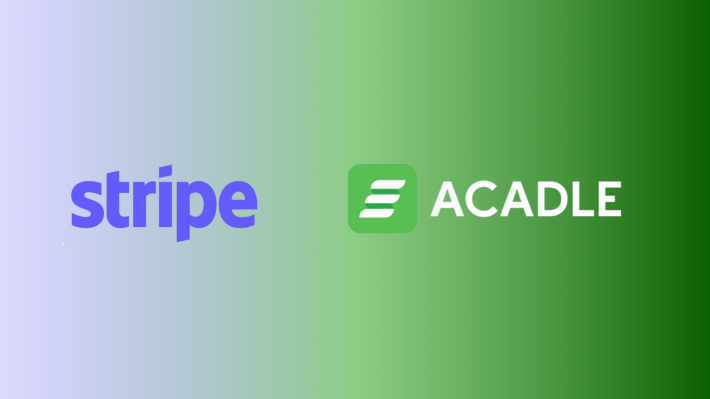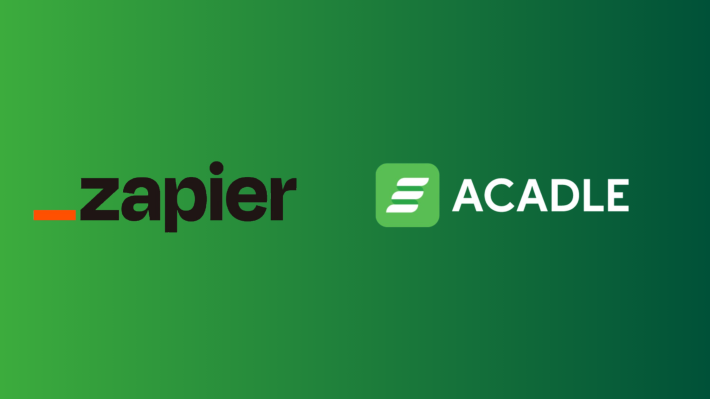Step-by-Step Guide to Creating a Learning Community in Acadle

A great learning community does more than share content. It connects people around a shared purpose, keeps conversations active, and delivers ongoing value. With the right strategy and the right tools, you can turn your academy into a vibrant space where learners help each other grow.
Why a Learning Community Matters
A purposeful community increases engagement, improves course completion, and turns learners into advocates. Communities create peer support, encourage knowledge sharing, and make learning social and memorable. They also surface real problems and use cases that help you improve content and measure impact.
Step-by-Step: Build Your Acadle Community
1. Define Purpose and Audience
The first step is to define who your community is for. Be clear whether it’s customers, employees, partners, or product users. Align discussions, resources, and activities with their specific needs to create focus and clarity.
2. Choose Structures That Fit
Next, organize the community in a way that works best. With Acadle, you can set up dedicated community spaces for discussions, role-based groups for teams or cohorts, and topic channels for shared skills or interests.
3. Launch with Clear Guidelines
When you launch, set the tone with simple rules. A short welcome post with community guidelines, how to ask questions, and where to find resources helps new members feel comfortable. Add a quick onboarding guide so they know exactly how to get started.
4. Kick Off with Events and Prompts
Keep energy high from day one. Host a launch webinar or AMA. Share weekly prompts such as “Share a win” or “Ask an expert” to spark conversations and get members talking early.
5. Encourage Peer Learning
Give members opportunities to contribute. They can lead sessions, share case studies, or work on group projects. With Acadle’s community features, this peer-to-peer approach is simple to set up and makes learning more engaging.
6. Recognize and Reward Participation
Recognition keeps members motivated. Use Acadle’s gamification and certificate features to award badges, highlight streaks, or issue certificates for community-led challenges. Public rewards build a sense of achievement and encourage active participation.
7. Empower Facilitators and Mentors
Every strong community needs guidance. Appoint moderators, mentors, or champions to welcome new members, guide discussions, and highlight valuable contributions. This ensures conversations remain active and inclusive.
8. Track, Measure, and Iterate
Finally, measure progress to keep improving. Acadle’s analytics let you track active users, engagement levels, and course completion tied to community activity. Use this data to refine events, content, and group structures over time.
Final Word
A thriving learning community starts with purpose and consistency. With Acadle, you can structure groups, encourage peer learning, reward contributions, and track impact—all from a single platform.
👉 Explore your Acadle dashboard and start building a stronger learning community today.


